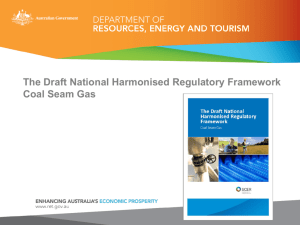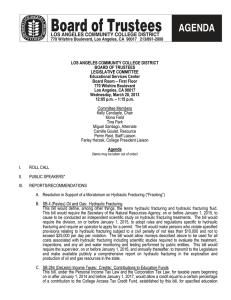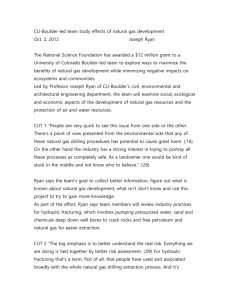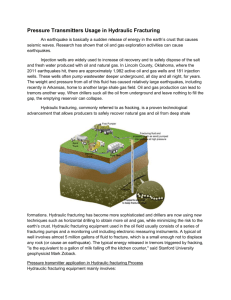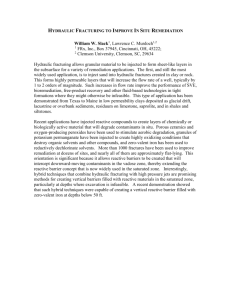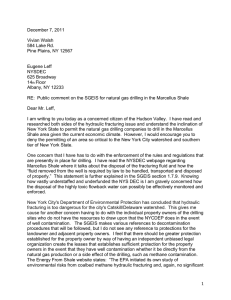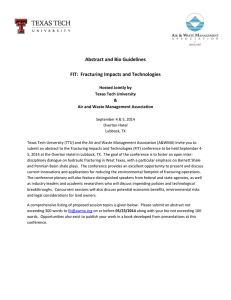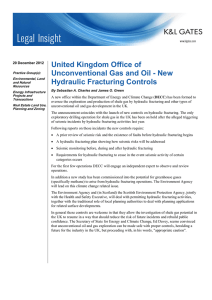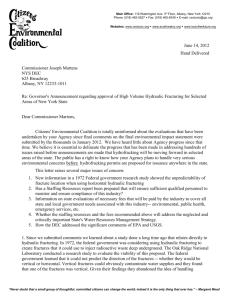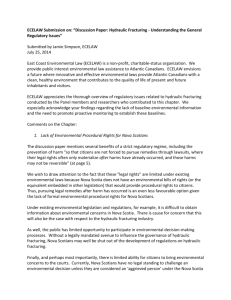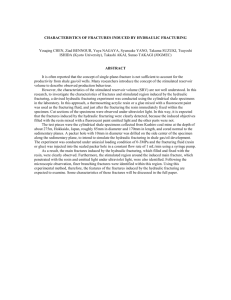instructions to authors for the preparation - The Gibson Group
advertisement
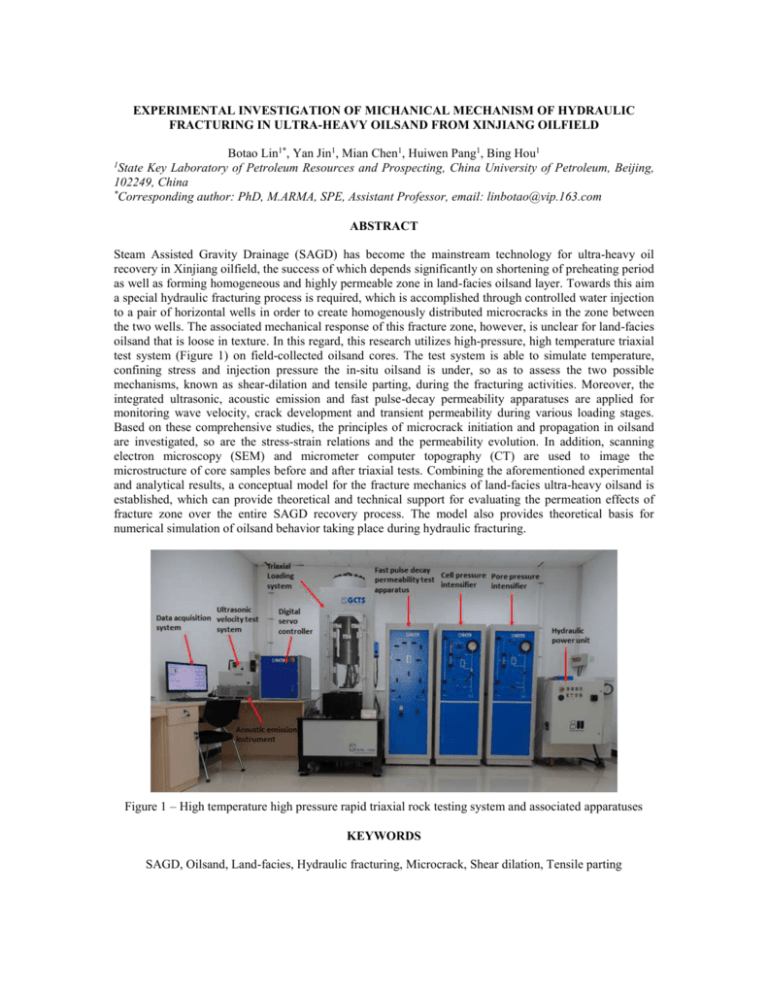
EXPERIMENTAL INVESTIGATION OF MICHANICAL MECHANISM OF HYDRAULIC FRACTURING IN ULTRA-HEAVY OILSAND FROM XINJIANG OILFIELD Botao Lin1*, Yan Jin1, Mian Chen1, Huiwen Pang1, Bing Hou1 State Key Laboratory of Petroleum Resources and Prospecting, China University of Petroleum, Beijing, 102249, China * Corresponding author: PhD, M.ARMA, SPE, Assistant Professor, email: linbotao@vip.163.com 1 ABSTRACT Steam Assisted Gravity Drainage (SAGD) has become the mainstream technology for ultra-heavy oil recovery in Xinjiang oilfield, the success of which depends significantly on shortening of preheating period as well as forming homogeneous and highly permeable zone in land-facies oilsand layer. Towards this aim a special hydraulic fracturing process is required, which is accomplished through controlled water injection to a pair of horizontal wells in order to create homogenously distributed microcracks in the zone between the two wells. The associated mechanical response of this fracture zone, however, is unclear for land-facies oilsand that is loose in texture. In this regard, this research utilizes high-pressure, high temperature triaxial test system (Figure 1) on field-collected oilsand cores. The test system is able to simulate temperature, confining stress and injection pressure the in-situ oilsand is under, so as to assess the two possible mechanisms, known as shear-dilation and tensile parting, during the fracturing activities. Moreover, the integrated ultrasonic, acoustic emission and fast pulse-decay permeability apparatuses are applied for monitoring wave velocity, crack development and transient permeability during various loading stages. Based on these comprehensive studies, the principles of microcrack initiation and propagation in oilsand are investigated, so are the stress-strain relations and the permeability evolution. In addition, scanning electron microscopy (SEM) and micrometer computer topography (CT) are used to image the microstructure of core samples before and after triaxial tests. Combining the aforementioned experimental and analytical results, a conceptual model for the fracture mechanics of land-facies ultra-heavy oilsand is established, which can provide theoretical and technical support for evaluating the permeation effects of fracture zone over the entire SAGD recovery process. The model also provides theoretical basis for numerical simulation of oilsand behavior taking place during hydraulic fracturing. Figure 1 – High temperature high pressure rapid triaxial rock testing system and associated apparatuses KEYWORDS SAGD, Oilsand, Land-facies, Hydraulic fracturing, Microcrack, Shear dilation, Tensile parting
